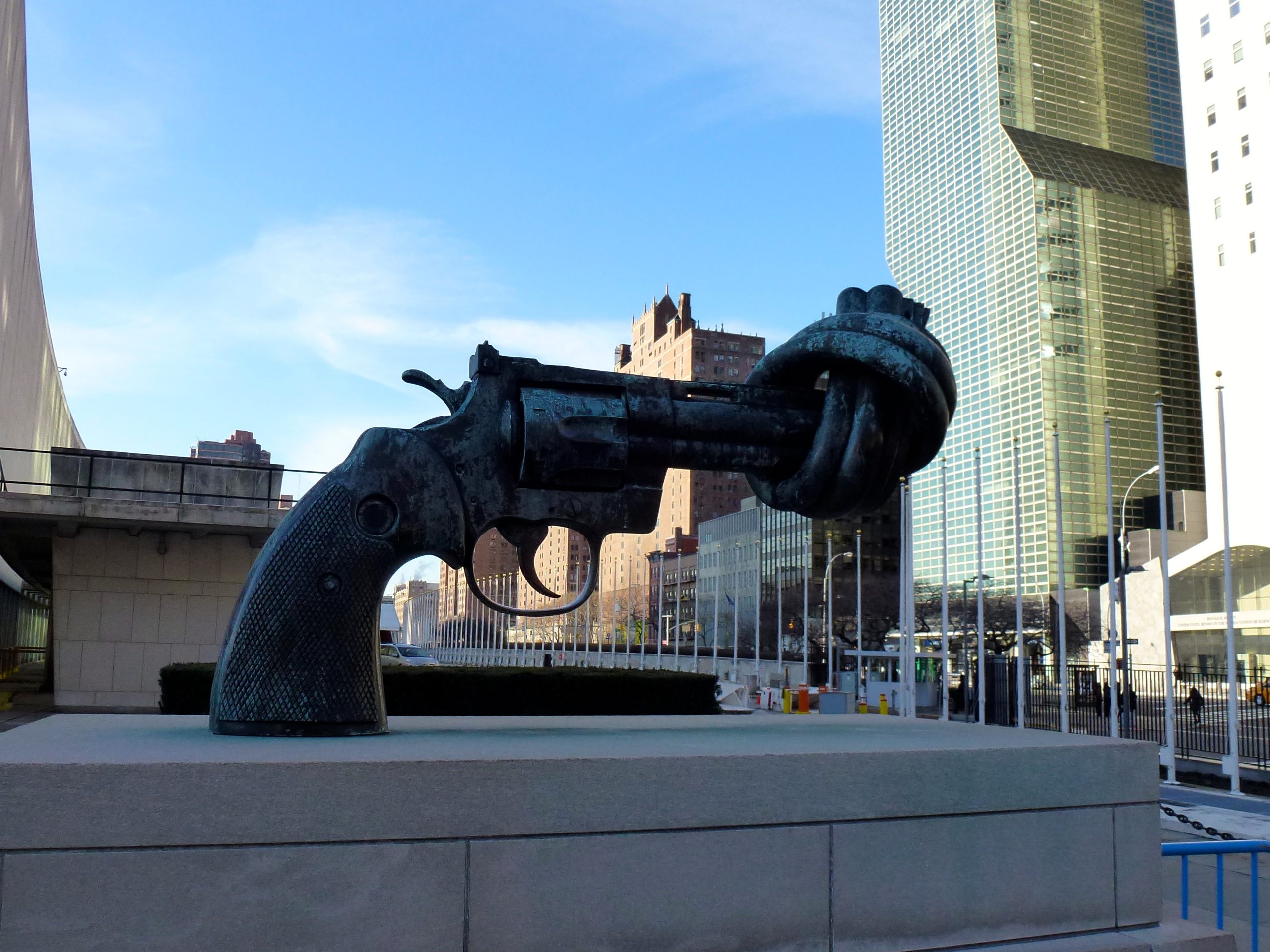In envisioning an end state for IND, the focus shifts from merely achieving disarmament to ensuring continuous monitoring and active engagement. Disarmament regimes must be crafted with a long-term perspective, recognizing that numerous processes must persist well beyond the completion of disarmament.
Political agency is a crucial element, with increased importance placed on engaging with political drivers to sustain disarmament efforts. The transition to a post-disarmament era involves not only technical considerations but also the cultivation of political will to translate ideas into concrete actions. Much of this depends on if the State is a willing or unwilling disarmer.
Critical questions regarding the level of risk tolerance and the mechanisms required to detect and respond to significant developments will be important to address; although, this is highly dependent on the mechanism through which the end state is achieved.
Robust verification measures to uphold compliance with end-state agreements will need to be developed, including consequences for cheating. The involvement of organizations like the IAEA (if it is indeed the verifying organisation in the end state) would require enhanced resources and information management systems. Discussions also revolved around the maintenance of expertise in nuclear weapons verification in a world without nuclear weapons. Legal considerations should also be addressed. There were discussions and some disagreement over the process governing the transition from a Nuclear Weapons State (NWS) to a Non-Nuclear Weapons State (NNWS), thus this issue requires further exploration and clarification.
